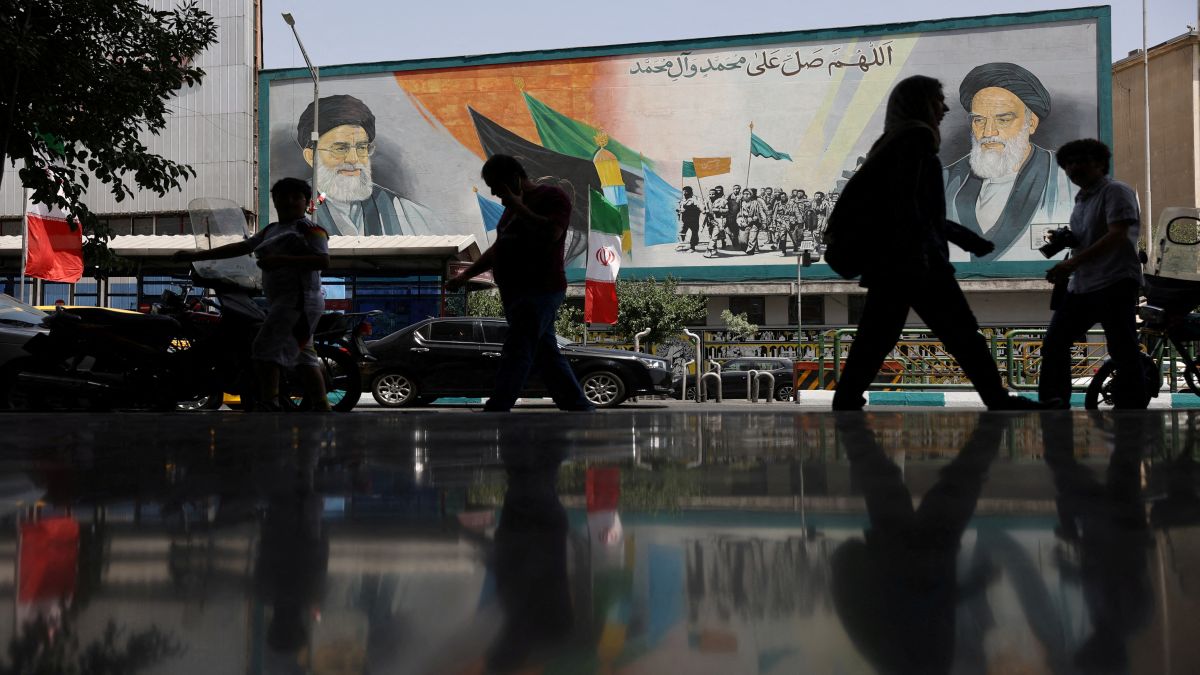Iran is in advanced talks with China to buy dozens of Chengdu J-10C fighter jets after facing problems with a deal to purchase Russian Su-35 aircraft due to supply and delivery disruptions, as the Kremlin remains occupied with its war in Ukraine.
Tehran is eager to modernise its ageing air force amid growing threats from Israel and the US following recent military escalations and strikes on its nuclear facilities.
According to The Moscow Times, Iran is negotiating to purchase 36 J-10C jets from China. This follows Iran’s stalled plan to acquire 50 Russian Su-35s, with only four aircraft delivered since the 2023 agreement. The urgency for new warplanes increased after last month’s joint Israeli-American air strikes on Iranian targets, including nuclear sites.
J-10C vs Su-35
Iran has shown interest in the J-10 series for years, reportedly trying to buy up to 150 jets as early as 2015. However, those talks fell apart over payment issues, as China demanded foreign currency while Iran, under heavy sanctions and low on cash, offered oil and gas in exchange.
A now-lifted UN arms embargo had also complicated the negotiations.
The J-10C is a modern, 4.5-generation fighter jet capable of carrying long-range PL-15 missiles. It’s already in service with the Pakistani air force and is viewed as a cost-effective yet capable alternative to Russia’s Su-35, costing about $40–60 million less per aircraft.
Problems with the Su-35 deal
Iran signed a deal with Moscow in 2022 for Su-35 fighter jets to upgrade its air force. However, deliveries have been repeatedly delayed. Despite Tehran’s official statements that deliveries would begin in early 2023, only a handful of aircraft have materialised. Reports from March 2025 indicated that a batch of Su-35s originally slated for Iran was instead redirected to Algeria.
Iran’s ageing air fleet
As of early 2025, Iran’s air force operates around 150 fighter jets, most of which are ageing American aircraft purchased before the 1979 Islamic Revolution.
These include 64 F-4 Phantom II, 35 F-5E/F Tiger II, and 41 F-14A Tomcat aircraft. Many of these planes are either non-operational or require constant maintenance to remain flight-worthy. Iran also has about 18 MiG-29A/UB jets acquired in the late 1980s and early 1990s, but these too are showing their age and limitations.
For the past decade, Iran has relied heavily on domestically produced surface-to-air missile systems to protect its skies. However, during the recent “Twelve Day War”—the term unofficially used for the Israeli-American strikes—these systems were quickly suppressed by Israeli air power.


)

)
)
)
)
)
)
)
)



